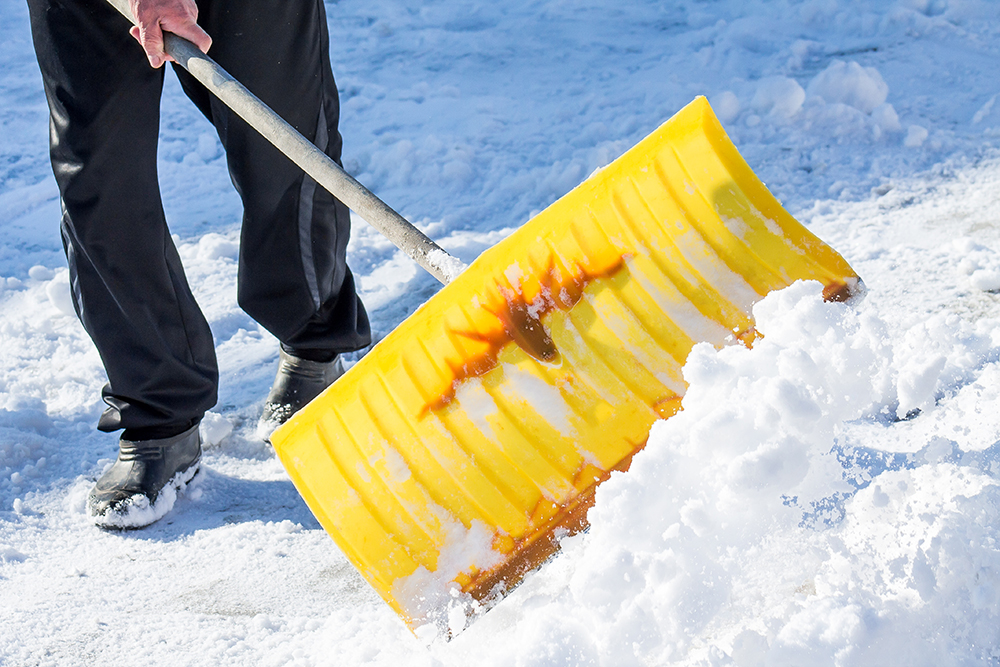There is a significant snowstorm sweeping across the U.S. and headed for the East Coast and this area …
During winter, it’s lovely to see the snowfall and get the warm feeling of walking in the winter wonderland. But Shoveling Snow is another thing, we all know has to be done. When I see people cleaning their driveway, the Physical Therapist in me quickly notices how a person is using improper body biomechanics while shoveling snow.
Snow shoveling injuries are one of the most common injuries during winter months. This happens due to repeated bending and twisting motion of the spine while lifting and throwing the snow. According to research, most common back injuries happen with carrying the load with bending and twisting. The American Journal of Emergency Medicine recently published the results of a 17-year study that documents the most common injuries associated with shoveling snow. The study found that 11,000 people were hospitalized per year, and 195,000 across the whole span, due to accidents stemming from snow shoveling.

There are two important things which one needs to keep in mind while shoveling snow. Correct shovel and proper body biomechanics while shoveling. Picking the right kind of shovel is very important. Lightweight shovel with a plastic blade and adjustable-curved handle allows you to keep the weight close to your body, requiring you to keep your knees bend and very slightly arching your back in order to keep a shovel on the ground.
Ergonomic lifting techniques:
• Warm up and stretch before you start shoveling.
• When gripping the shovel, keep your hands about 12 inches apart to provide greater stability and minimize the chances of injuring your low back
• Bend at your hip, while avoiding arching your back and stand with chest pushed out pointing forwards.
• Tighten your stomach muscles as you lift the snow. Lift with your legs—not your back. Do not twist your body. Dump the snow in front of you.
• Keep the heaviest part close to your body and lift smaller quantity, walk to a new location rather than reaching or tossing.
• If you are turning as you dispose of the snow, don’t twist with your lower back. Open up your hips and let your feet pivot as you throw the snow. Twisting while lifting can cause injury to your back, gluteal muscles or hamstrings.
One shovel full of snow can be up to 20 pounds. Never try to remove deep snow all at once, use the smaller weight of the loads. Avoid lifting snow by pushing it instead. Pushing snow is much easier than lifting and can reduce the risk of injury. If you feel the pain of any kind stop immediately and seek medical assistance.
Take Care of your body! Practice #Ergonomiclifting

Leave a Reply